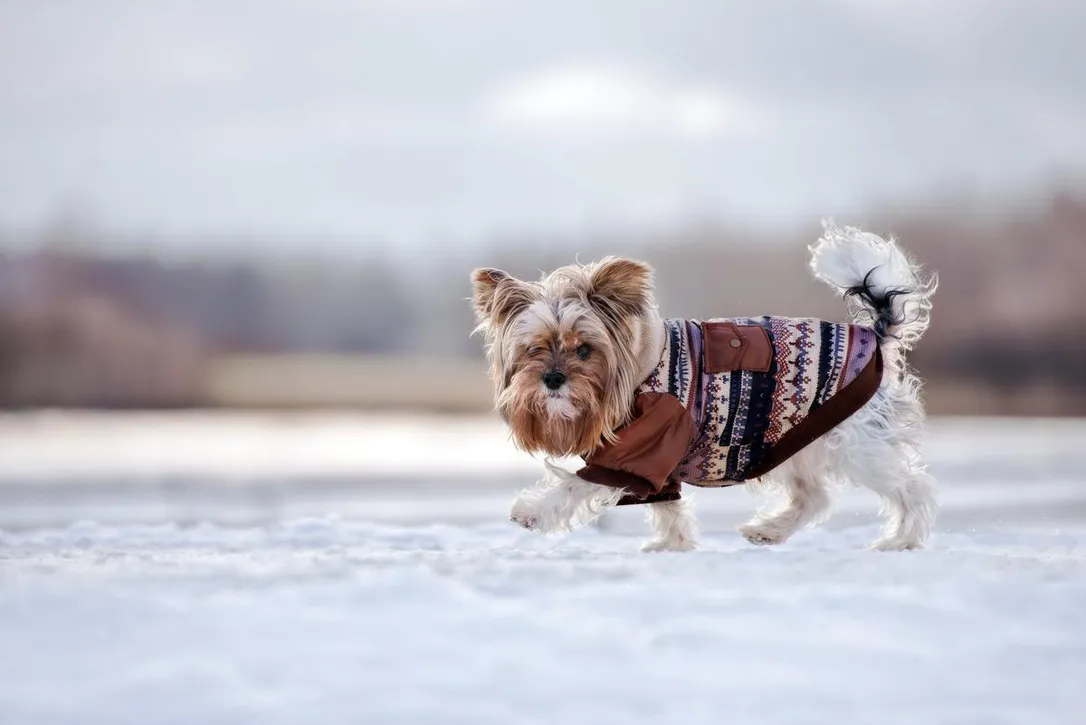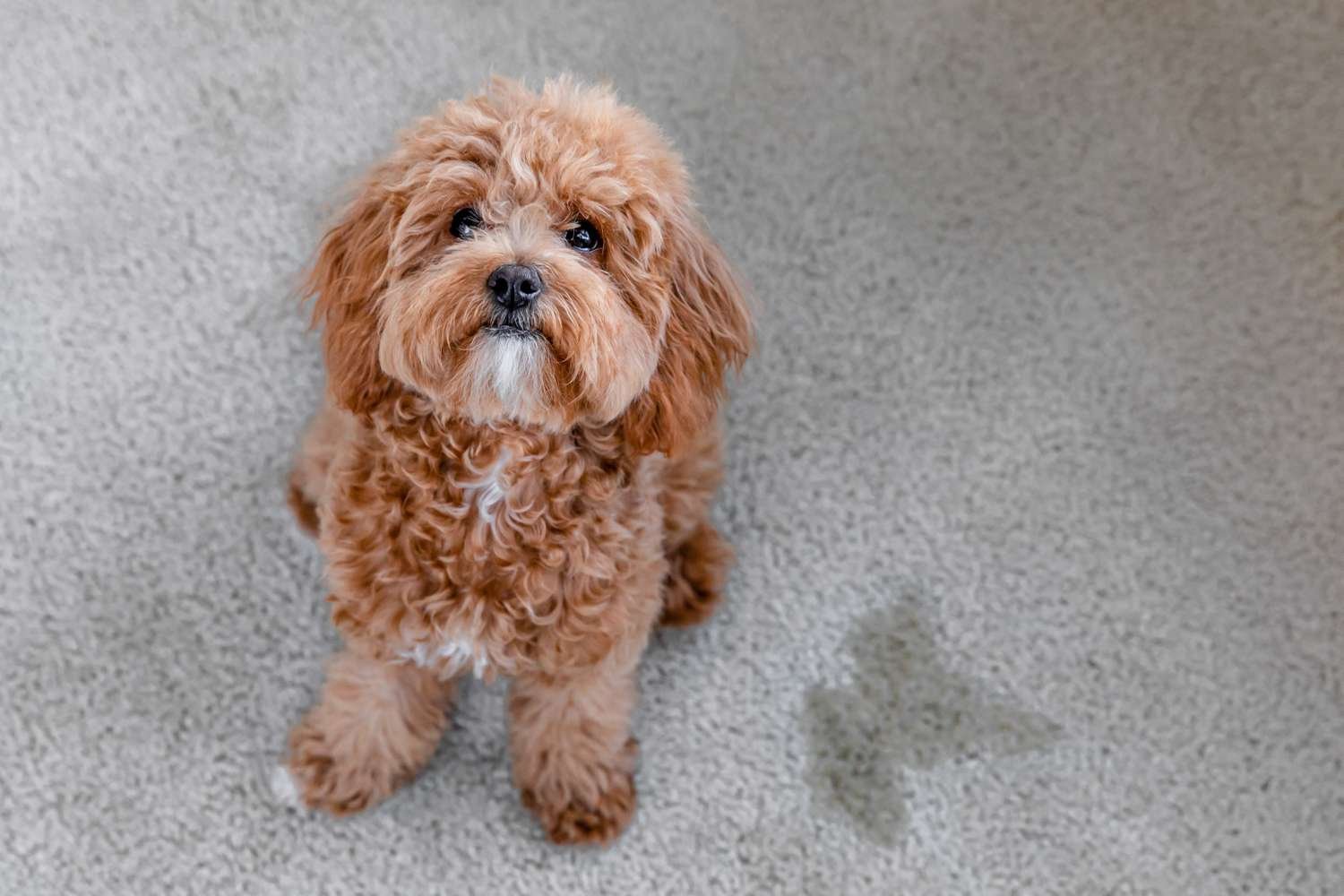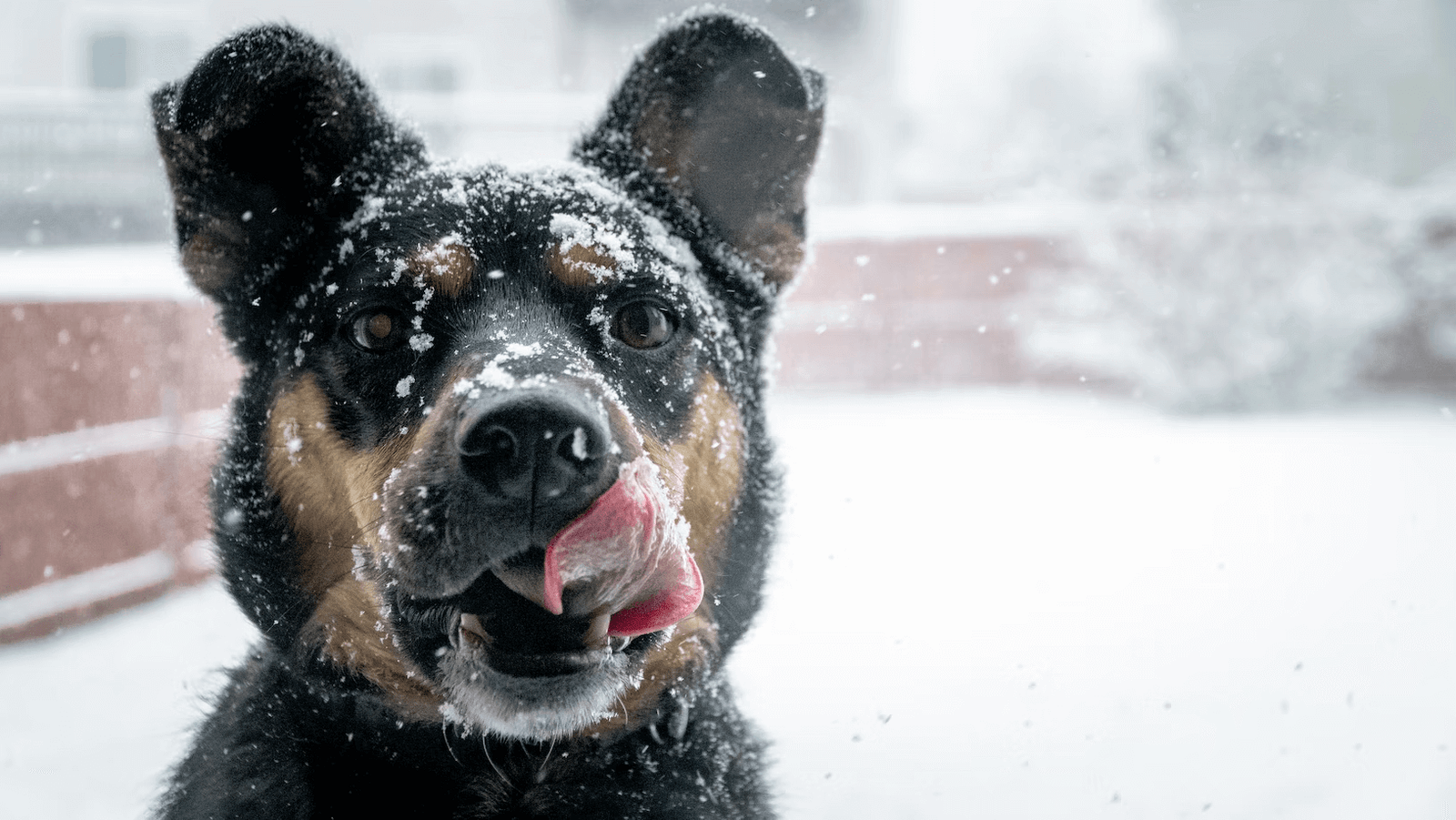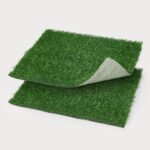Can a dog sleep outside when it's cold?
If your dog needs to go outside and it’s cold out, you have a few options. One option is to bring him inside. The other option may be more feasible for most people. You can give your dog a patch of grass indoors to help him urinate and defecate, so he doesn’t need to do it outside. Some dogs don’t want to sleep outside when they’re cold. They prefer the warmth of their houses or other areas that are heated. If this is the case with your pet, you should consider giving him a patch of grass inside so he can use it as his toilet instead of urinating on carpets or areas that may damage them if they get wet or dirty because of the urine on them. If you keep your pet outside, but he still wants to sleep inside and won’t use the other area, then consider putting a dog house next to his favorite spot for him to go in. This way, he’ll have a place of his own that will allow him some privacy and keep him from being cold. It would be best if you also considered installing a fence around the yard for your pet so he can have his own space to roam and still have a bit of protection. Your Pet Needs Regular exercise. Your dog needs training. Otherwise, he will become bored, and his mind will wander to other things like chewing on furniture or digging up your lawn. A tired dog is well-behaved, so make sure to give your pet plenty of fresh air and mental stimulation. Playing fetch with your dog is a great way to burn some energy and get him in shape for the day ahead of you. If you need to learn how to play fetch with your dog, it’s essential to learn the basics before you begin. Dogs are typically at their most energetic in the morning, so suitable when you get up or just before bed is an excellent time to play fetch with your dog. You can also develop a routine and do some training around this time of day too.
Some people believe a dog should be able to sleep outside when it’s cold. Others, however, disagree and think that they should sleep inside or in the garage. If you’re going to allow your dog to sleep outside when it’s cold, make sure you have a way for them to stay warm and dry. This can be accomplished with heated dog beds, insulated dog houses, heated pet mats, and electric blankets for pets. Some people believe a dog should be able to sleep outside when it’s cold. Others, however, disagree and think that they should sleep inside or in the garage. If you’re going to allow your dog to sleep outside when it’s cold, make sure you have a way for them to stay warm and dry. This can be accomplished with heated dog beds, insulated dog houses, heated pet mats, and electric blankets for pets. If your dog requires medication, keep it in a dry and cool place. You can store pills in the freezer for extra cold protection or use a cool bag to transport them.
How to Potty Train Your Puppy During the Winter?
Your pup’s sense of smell will be empathetic for the first few days of potty training. This is why you must find the appropriate place for your puppy to use as a potty. Some dogs are taught early on to eliminate indoor dog pee pads or artificial grass. The urine from the place will be absorbed into the carpet and pad, while synthetic grass may leave some stains on surfaces like concrete and hardwood if not adequately cleaned. If your dog is left in a crate for long periods, it is essential to remember that this may be more difficult for the pup to adjust to than if used for short periods. Containers can become uncomfortable and stressful if the puppy isn’t given a chance to exercise. House Training A New Dog Crate can become painful and stressful if the pup isn’t given a chance to exercise. Although your puppy might adjust quickly to being left in a crate for short periods of time, it can take longer for him to adjust if he is kept in the box for long periods of time. For this reason, it is essential to allow your dog access to a small room or outdoor space where he can be released from his crate periodically. When you first leave your dog in the crate, it’s essential to be sure that he feels safe. Leaving him in the box with a favorite toy or treat is one way to do this. Gradually increase the time you spend out of sight and then, over time, start leaving for short periods of time. If your dog whines, jumps on the door, or tries to dig out of the crate when you go them in it, this is an indication that they are not happy with the situation. Avoid leaving your dog in a box for long periods, and be sure to praise your pup when they are good.
The best time to potty train a puppy is during the summer. But what if you don’t have that luxury? Dog owners in areas with cold winters often find themselves struggling to potty train their puppies. We don’t want our pups to be peeing inside on carpets and furniture, but it’s not as easy as it seems to get them outside when it’s below freezing outside. Luckily, there are a few tricks you can use to get your puppy outside and make it easier for them to learn—the command. Put a Thinner Layer of Snow on the Ground/Create A Slippery Surface: This is an easy trick that will make it much easier for your pup to get from inside to outside, and when it’s cold out, they’re more likely to have an easier time going outdoors. All you need is snow. This can be anything from a shoveled pile to the extra snow left in your backyard after the first storm of the season. After the snow melts, start a compost pile in your backyard. You can use any organic material, such as leaves, grass clippings, food scraps, and other plant materials from your garden or yard that you might otherwise throw away.
Cats may be able to hold it in better than their canine counterparts, but they still need vigilance when they’re outside. Cats can hold it in better, but they still need to be monitored when outside. Cats may be able to hold it in better than their canine counterparts, but they still need vigilance when they’re out.

Indoor Bathroom Solutions for Pets During Winter
The winter season is particularly harsh on pets. They may not be able to go outside as often to relieve themselves due to the cold weather. This can result in a lot of stinky messes indoors, not just in your pet’s favorite corners but in your house as well! One way to reduce the smell is by using a pet pail in your home. There are many available that come with both a bag and a charcoal filter. Many also have timers so they can be set to go off regularly to let them know when it’s time for them to stop doing their business.
One of the most common solutions for pet owners is to provide indoor bathroom solutions such as potty pads and potty training harnesses. This article will introduce what they are, how they work and provide some reviews from customers who have tried them out themselves so you can make a more informed decision on what you need for your dog or cat this winter. What are potty pads and potty training harnesses? Pets can use the outside to relieve themselves outdoors, but it’s not always safe or possible, so these products provide a solution to the problem of housebreaking your pet while they are inside. They are made with a non-slip material that doesn’t slide on hardwood floors and will absorb any liquid from your pet when they urinate or defecate. There is no need for litter box liners. They are easy to clean and can be used with or without the scented pad. You can also use a refillable sprayer to freshen the pad. The sprayer is provided with each package of mats. Depending on your pet’s needs, you only need to replace the pads every 3-4 months for the best odor control results. Dogs can sometimes be messy, so it’s essential to train them to use a designated spot. This article will go through different options to help you choose which indoor pet potty solution is best for your pup. Indoor Dog Potty options if you don’t have a designated spot for your pet, then it is time to train them so that they use a potty area. It’s essential to do this as soon as possible, so your dog does not soil the house in the heat of the moment. We take how much our dogs want to please us for granted and will go to lengths to ensure we are happy. A potty spot is a perfect example of this. For some dogs, a well-liked potty spot is right outside the door. Others may like to go out on the porch and pee in the yard or find a quiet place in the garage or basement. Some dogs may care not about where they urinate but will gladly sniff out your shoes left by the front door to give them a quick cleaning before you come inside.
What are the benefits of outdoor potty pads?
-One of the main benefits of keeping pets outdoors is reducing the number of accidents inside, especially during winter. Outdoor potty pads allow pets to access their bathroom outside, even in the coldest months.
-A potty pad near a door or in front of an exit also makes it easier for pets to go when they need to and prevents them from going into other areas that they shouldn’t.
-Outdoor pet potty pads are weatherproof to withstand harsh winter weather.
What things make indoor pet potty options difficult during the winter?
-Many people only have access to electricity and heat within their homes – not outside
What is the best way to potty train a puppy in winter?
Puppies need to learn that the potty needs to be outdoors in winter. They also need a doggy door or pet potty pads to have access indoors. Allowing your dog on furniture from time to time with the puppy pad will make training more accessible, but remember to call him off if he urinates or defecates. Puppies need to learn that the potty needs to be outdoors in winter. They also need a doggy door or pet potty pads to have access indoors. Allowing your dog on furniture from time to time with the puppy pad will make training more accessible, but remember to call him off if he urinates or defecates on the table. Puppies need a litterbox for indoor use, housetraining pads, or a newspaper. House training a puppy using the newspaper potty may take a while, but this should be okay as long as you are consistent with your schedule. The newspapers are more absorbent than the puppy’s fur, which will help keep your home clean.
This article is a guide to help you potty train your puppy in winter. Winter presents several obstacles, but they can be overcome. The most important thing is to stay calm and relaxed and take it easy on the pup. It takes time, patience, and consistency, but we will get through it together! Before the first snow, keep your puppy indoors for the first month to acclimate. Housebreak your pup in a crate and take him out to potty every 30 minutes in an enclosed area before releasing him into his yard. When it snows, keep up with how much your pup has gone outside by using a disposable liner that you can change daily. Undertake this activity at least once a week for three weeks before attempting to start potty training. Use a litter box that your dog can enter and exit quickly. This will help her to use it as a toilet instead of going outside. Avoid using paper towels, sponges, and other abrasives on your floors. This can rub off the natural oils on your bed and cause damage to the wood surface beneath them. These items also harbor bacteria unsuitable for you or your pet! Use cardboard or plastic sheeting to protect your furniture. This will ensure that spilled drinks and food do not damage the fabric of your sofa, chair, or ottoman. If you see any signs of water damage or a leak in your home, turn the power off immediately and contact an emergency plumber as soon as possible!
The best way to potty train a dog during the winter is by using pet potty pads, also known as pee pads. These are available in different styles, colors, and sizes. Some people use them inside their apartments and house. Others use them in their backyard or on the porch for pets near home to do their business.
Some people have found success with toilet training puppies by giving them a little experience before they start potty training with pee pads. The puppy may need to be taken outside to the “potty place” often for the first few weeks, then gradually given less time there before being left with a pet pad indoors for longer and longer periods.




